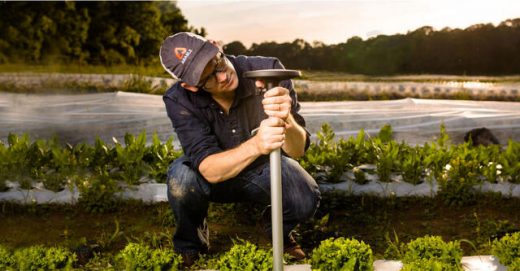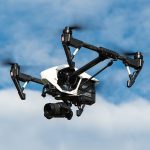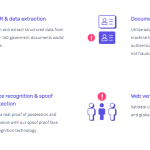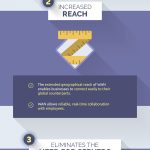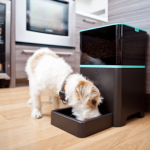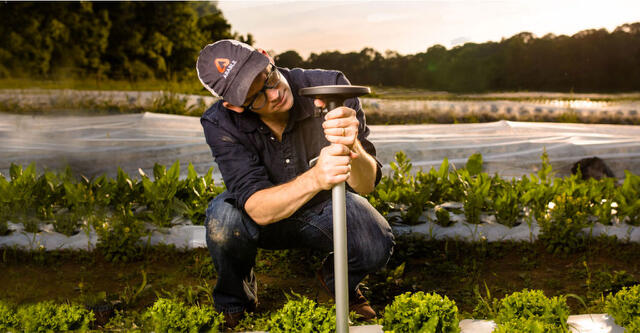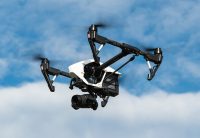How hard is it to bring precision analytics to agtech?
How hard is it to bring precision analytics to agtech?

On first thought, agtech seems something of a contradiction. Agriculture involves growing crops. There’s no real world shortcut or fast track in that plants require planting in appropriate seasons with access to sun, water and soil nutrients and time to grow. By comparison, tech is about speed, rapid prototyping and timely deployment.
But agtech is actually an evolving nexus between the two practices of agriculture and next-generation connected tech.
See also: Platagon partners with Dubai university to create urban agriculture center
Agriculture is an industry that, while rooted firmly in traditions passed down through generations of farmers, is responding to technical advances in machines, robotics, analytics and software. One of the companies at the forefront of this revolution is Arable Labs. Headed by CEO Dr Adam Wolf, their team includes product engineers, biologists, and mathematicians and they work to solve the critical issue of accurate forecasting in the food supply chain.
I spoke to Dr. Wolf to learn more about their progress over the last year. The company had the evening before, come runner-up at a competition by water innovation accelerator, Imagine H20. Arable have previously worked with the Met service for Zambia, to facilitate weather monitoring as well as the New York City Parks Service for assistance with weather tracking for storm management so they are well placed to apply their technology to water technology.
But their biggest success of late is a $ 4.25 million Series A round of funding led by Middleland Capital’s agriculture technology fund and S2G Ventures. With the new funds, the company will support the expansion of data science and analytics for the food and ag supply chain, fuelled by mass production of the Arable Mark IoT device (formerly known as PulsePod) later this year.
“We have really outstanding investors who understand the space. They are well connected, they know people who are either out ahead in growing, processing or retailing. When you’re in food and agriculture it’s a real secret world that is far enough from most people’s lived experience that it’s hard to really discern what the pain points are who gets what margin,” explained Wolf.
“It’s important for us to be really focused on supply chain risk, which is the relationship between the producer and the processor and from the processor to the retailer. To understand how those contracts between those parties are structured and what’s the risk of failure. For example, what happens when a restaurant chain asks for so much cilantro and but then the farmer delivers half as much as they promised. This happens all the time. And so for someone to be able to get the people in the room and go, ok let’s get some conversation going. Well, that is very powerful. That’s where we’re fortunate to have these investors.”
The Arable Mark delivers a level of plant health data that is unmatched in the industry. The Mark measures more dimensions of physical meteorology, at greater spatial density than any weather model or station network, and more plant attributes, at a greater frequency than any satellite or aircraft. By measuring over 40 individual environmental data streams, the Mark is the most data-rich device available in IoT.
The Mark’s launch coincides with the all-new cloud-based Arable Insights software platform for crop consultants, farmers, large-scale producers, and food processors in the agricultural supply chain. Insights enable each stakeholder to communicate with trusted business partners based on real-time field-level data for the first time ever. It is now possible for managers to benchmark crop performance and seasonal progress across hundreds of fields, while also being able to drill down and understand the details of growth or weather events. The data synthesis of weather and crop growth enables Arable to predict timing, quality perishability, and yield.
“When we think of our business model as hardware-enabled software as a service where the data from the hardware enables an array of different services. What we’ve learned is that data from the field is like a well from which many people can drink” notes Wolf.

How big is automation in farming?
The general public tends to have a highly romantic image of farmers as salt of the earth folk who eschew the conveniences of modern technology for the simple life. But the reality is that farmers are hacking their tractors, drones are being deployed for crop surveying, and a farmer is more likely to consult a data platform than an almanac before sowing crops. Wolf explained that one of the values their company promoted was customer service:
“The initial vision that we had was to treat the farmers with more respect, with good design and price, and it will reward us later.”
“Someone who is growing 35,000 acres of leafy greens to deliver it to restaurants, you want that person to be really good and consistent at it. They really have figured out how to grow it at scale and deliver safe affordable food on time.
But young people don’t want to go into low-paid jobs. In places with year-round production, there’s a lot of families, but the children of the Latino workers are going to college, they’re studying software engineering, they don’t want to work in the fields. So the farms have real concerns about maintaining the workforce that they already have and capturing the institutional knowledge of older generations. There is a tendency towards consolidation. So then that team is stuck with managing an ever more sprawling field.
We’re definitely not displacing people in what we do, we’re empowering people with productivity. By being able to automate data collection, people get better jobs. People can prioritize and plan where to put their focus.”
The company will begin shipping the Mark this spring and make it more widely available through distributors later this year.
The post How hard is it to bring precision analytics to agtech? appeared first on ReadWrite.
(40)

